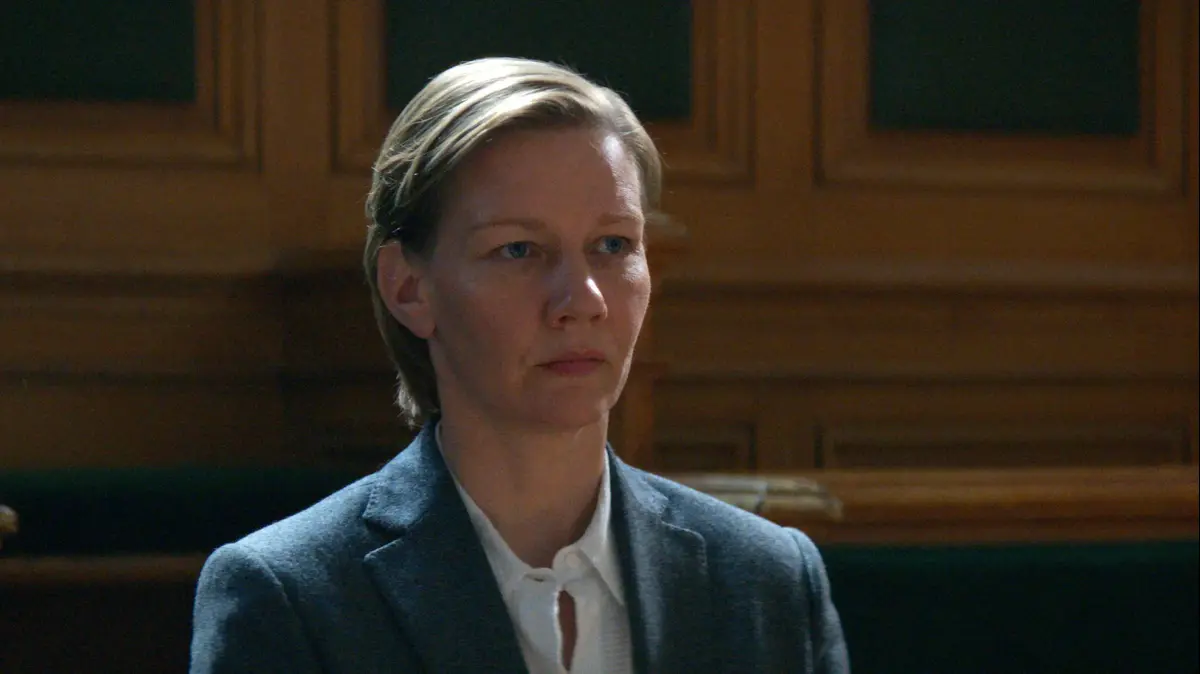A man who is not a policeman tries to solve a crime.
A woman stops being submissive to seek justice for herself and her daughter.
Mexico at night not only hides lights and gallantry, but also crimes and mysteries that were portrayed by various directors in the golden age of Mexican cinema and that belong to the current known as black cinema.
During the month of November, several social networks take up the hashtag #Noirvember to share black film titles or also called
Film Noir
(in French) and that defines a current of works focused on mysteries and police narrative, with great boom among the decade of the thirties and fifties.
In Mexico, this current (or subgenre, according to several film critics), had certain nuances that separated it from the exponents of cinema in the United States, France, Italy or Japan, to name a few.
"Mexico contributed an interesting facet by providing melodrama to the narrative where the characters were not representatives of the law or police, as in other films, but rather each character was built by seeking justice by various methods," says
Verne
José Felipe Coria, director of the National School of Cinematographic Arts of the UNAM.
Love linked to crime and, of course, politics, are the main protagonists of these works.
In a retrospective of the Morelia Film Festival, the critic Rafael Aviña highlights that it was during the period of President Miguel Alemán (from 1946 to 1952) that this type of cinema found a great boom with the search for modernity and the investment of foreign capital .
"A particularly lewd and sensual stage in which the dance halls, cabarets, passing hotels, exotic dancers to the rhythm of mambo, danzón and bolero, and of course the underworld would gain strength," he mentions.
Corruption and social disenchantment are a central theme of this current.
In
While Mexico sleeps
(1938), the actor Arturo de Córdova presents himself as the leader of a gang of criminals that performs at night.
For this work, the director, Alejandro Galindo, relied on the actual murder of an apothecary in the center of Mexico City.
The moral failures of the Mexican protagonists are one of the centers of these films.
"The hero is not very defined and even the protagonists are not clear about the concept of law, but of justice," says Coria.
"The plots are located in social problems in the country that were not so portrayed in their time and on many occasions, they are very crude," says the UNAM academic.
In
Different Dawn
(1943), directed by Julio Bracho, several of the key elements of Mexican film noir are shown.
"Vaporous and claustrophobic scenarios, beams of light that seem to mark the protagonists, an obsession with the decisions of the past and a dramatically romantic narrative to tell the story of a marriage in crisis," says Aviña.
Pedro Armendáriz and Andrea Palma, in a still from 'Distinto Amanecer'.
UNAM.
The female protagonists are much more relevant in Mexican film noir than in other films of the time.
"The protagonists, even when they gave the appearance of fragile, in the end vindicated themselves with a force that sought to do justice for themselves," says Coria.
An example of this is María Félix in
Doña Diabla
, a woman who, outside the law, seeks to pursue her own cause and for her daughter, in the midst of crimes and white collar crimes.
In
La otra
(1946) directed by Roberto Gavaldón and starring Dolores del Río, it tells the story of two sisters involved in a plot of lies and where it seeks to portray the disposition to crime and corruption.
Promotion poster for 'La otra' (1946).
UNAM
The Filmoteca de la UNAM brings together in its online catalog several works of Mexican film noir that can be viewed from home.
Additionally there are a couple of antecedents of film noir.
These are two films from the twenties directed by Gabriel García Moreno in the twenties.
One of them,
The Iron Fist,
the first Mexican film that openly addresses the problem of drugs and their violence, around heroin stables in the city of Orizaba, Veracruz.
"Mexican film noir was a pioneer in portraying violence before drug trafficking was later portrayed on the screen, in the 1970s and 1980s, but with a very defined aesthetic," says Coria.
According to the director of the National School of Cinematographic Arts, in the month of November and #Noirvember, there is an opportunity for viewers to create contrasts between the society of the mid-twentieth century and whose social problems are not so separate from what is lived today in the country.
Follow Verne México on Facebook, Twitter and Instagram and don't miss your daily ration of Internet wonders.


/cloudfront-eu-central-1.images.arcpublishing.com/prisa/IG6UKLQHU5GYVNSFQUI5IYLREA.jpg)



/cloudfront-eu-central-1.images.arcpublishing.com/prisa/3JJHT4WL5NBAPGLIMRQSLBE42A.jpg)








